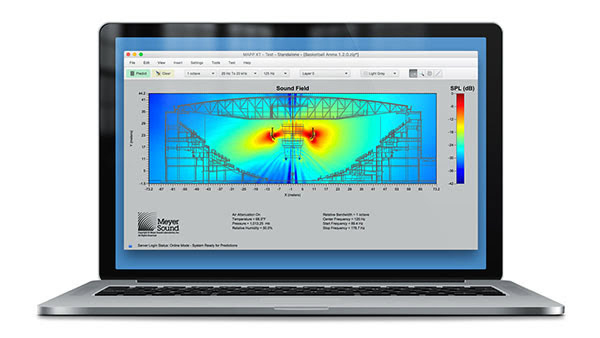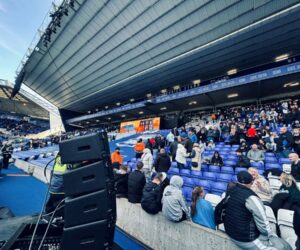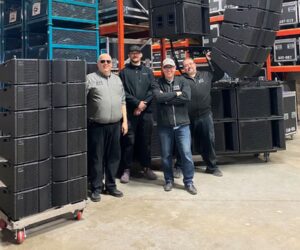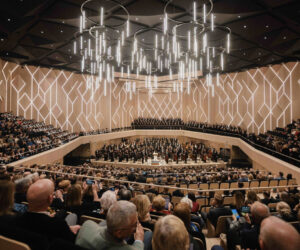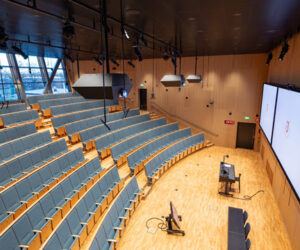Meyer Sound has expanded the Precision Toolset accompanying its LEO Family line arrays, adding proprietary Low-Mid Beam Control to help in attaining uniform front-to-back coverage and improving workflow for better efficiency.
The enhanced toolset is implemented in the latest releases of the company’s MAPP XT acoustical prediction program and Compass control software for the Galileo GALAXY network platform. It is applicable to the entire LEO Family of loudspeakers.
The toolset integrates three key features designed to enhance amplitude and phase compatibility:
— The EQ Starting Points feature enables the different models of loudspeakers to start with a common target frequency response curve (amplitude compatibility).
— Delay Integration performs the same function in the phase domain (phase compatibility), relieving users of the challenging task of precise phase response optimization.
— Digitally implemented Low-Mid Beam Control (LMBC ) uses variants of DSP algorithms developed for Meyer Sound’s digital beam-steering CAL column array loudspeakers to corrects understeered low-mids by lifting and/or spreading the beam.
Specifically, by introducing precisely calculated frequency-dependent phase response filters to individual or paired loudspeakers in the array, the low-mid coverage pattern is more precisely matched to the higher frequency range to produce more uniform front-to-back coverage. LMBC has been the subject of three years of beta testing, including several large-scale concert tours by major artists.
“LMBC presents an elegant digital solution to this enduring challenge facing modern main array designs,” says Meyer Sound director of system optimization Bob McCarthy. “Once your coverage is set for higher frequencies, you simply select the appropriate control settings and the low mid-frequencies instantly conform for a uniform front-to-back response.” Aim the HF and spread the rest to match for uniform venue coverage. It’s that simple. No extra amp channels are needed due to the self-powered advantage.
LMBC is implemented in the newest releases of Meyer Sound’s GALAXY Network Platform (version 1.3.0), MAPP XT acoustical prediction program (version 1.2.0), the companion Compass control software (version 4.3.1), as well as in version 2.3.2 of Compass Go, the remote-control application for iPad.
The new software releases also calculate the loads when using pull-back frames. This allows for the extreme down-tilt array configurations often necessitated for clear sightlines or coverage of specific seating areas. System designers now can configure such arrays in MAPP XT and obtain accurate modeling of array coverage as well as hang point loading data to assure that rigging hardware is stable and secure.
Also added to the toolset, on the hardware side, is the GEB-LEO extender bar, which enables rigging of LEO arrays with greater down- or up-tilt without use of additional rigging points or motors.


